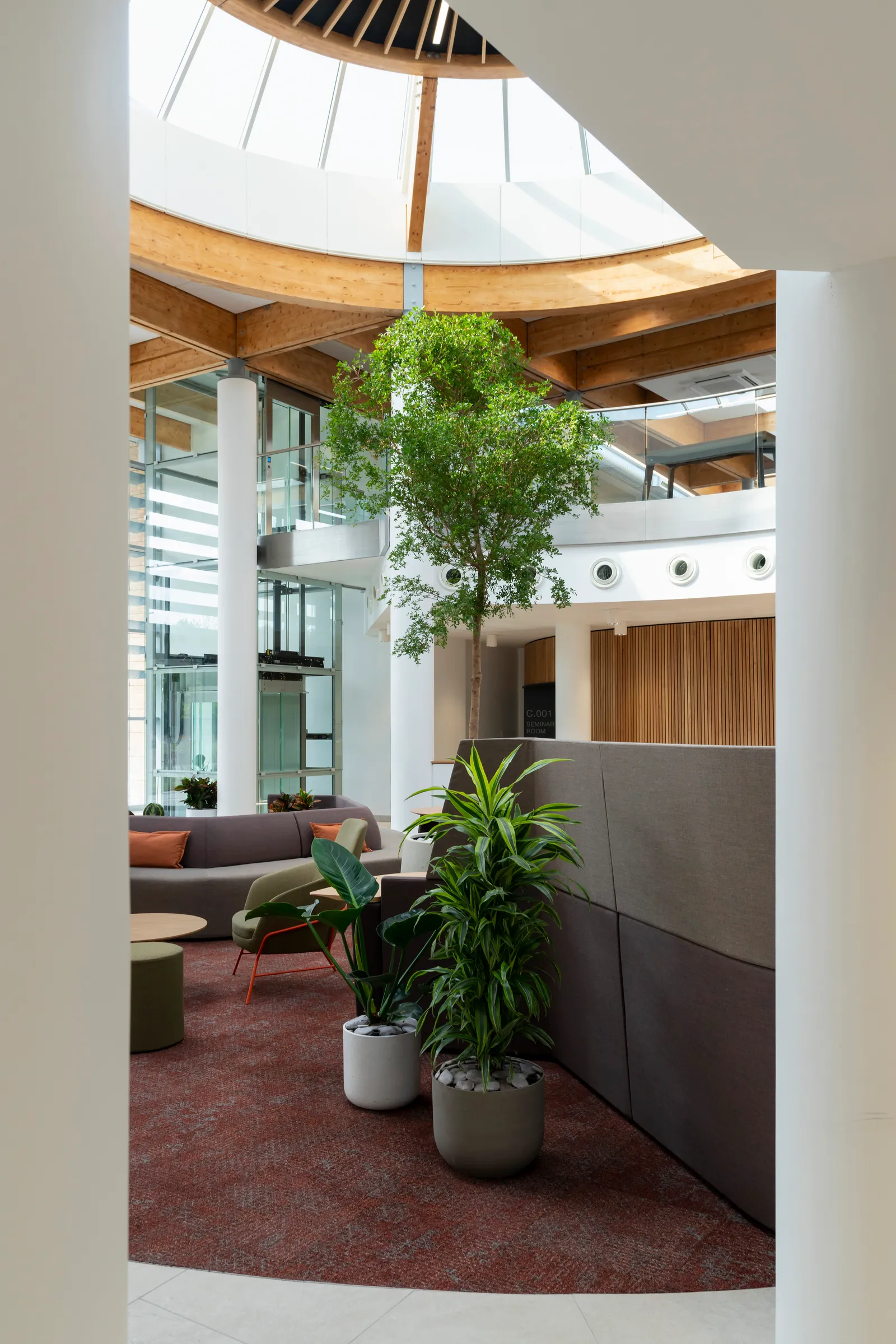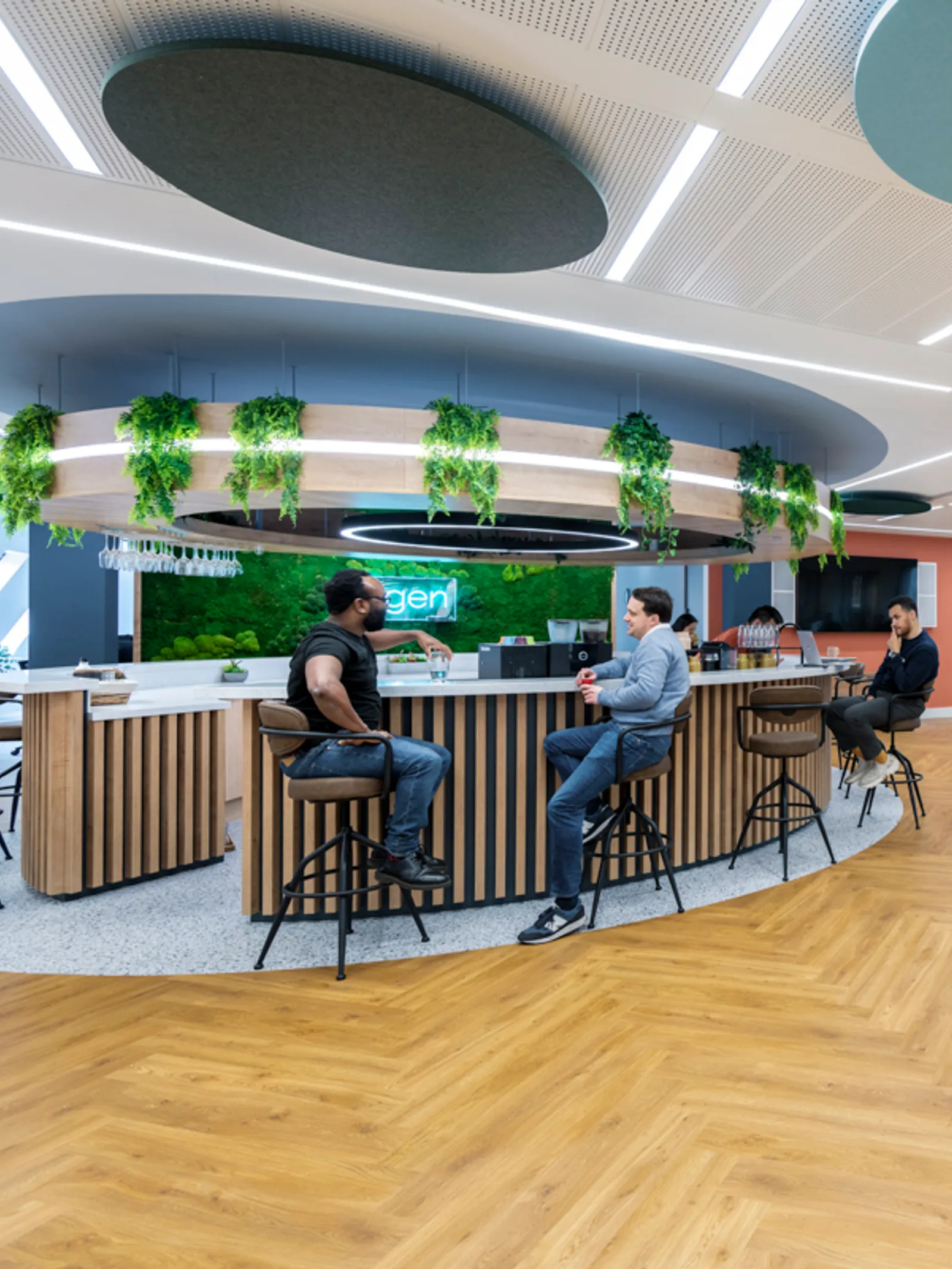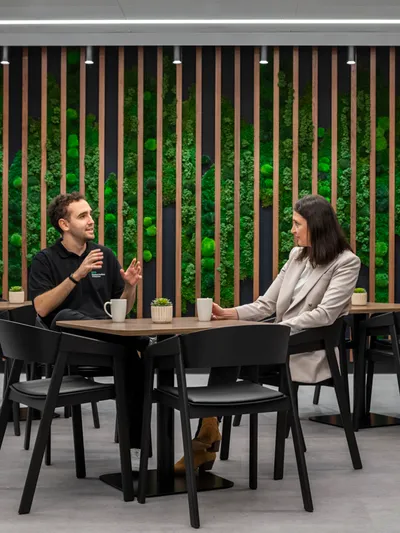Creating inclusive environments isn’t just about compliance. It’s about truly understanding the diverse ways people experience the world.
Nowhere is this more important than in higher education, where the right space can be the difference between a student thriving or withdrawing.
At Area, we believe in shaping environments that celebrate difference and empower every learner to succeed.
What is neurodiversity?
Neurodiversity recognises that human brains naturally function in diverse ways. It encompasses the full spectrum of neurological differences, meaning that while most people are “neurotypical,” a significant minority are “neurodivergent,” with variations such as autism, ADHD, or dyslexia. This diversity is not a deficit but a natural and valuable part of human variation.

Neurodiversity in universities and higher education
How many students in the UK are diagnosed as neurodivergent?
Approximately 1 in 7 people in the UK are considered neurodivergent, which equates to over 15% of the population.
In higher education, this proportion is increasingly reflected among students. Rising awareness, reduced stigma, and improved access to diagnostic services have contributed to more students disclosing neurodivergent conditions at the application stage or during their studies.
Universities are reporting steady increases in neurodivergent student numbers, particularly in disclosures of autism, ADHD, and dyslexia.
What are the most common forms of neurodiversity among UK students?
The most commonly diagnosed neurodivergent conditions among students in the UK include:
Dyslexia, which affects reading and language processing
Autism Spectrum Condition (ASC), impacting communication and sensory perception
Attention Deficit Hyperactivity Disorder (ADHD) affects concentration and impulse control.
Dyspraxia (DCD), influencing coordination and planning.
Other conditions, such as dyscalculia, dysgraphia, and Tourette’s syndrome, are also present but reported less frequently. Many students experience co-occurring conditions, which may affect how they learn, socialise, and access support services.
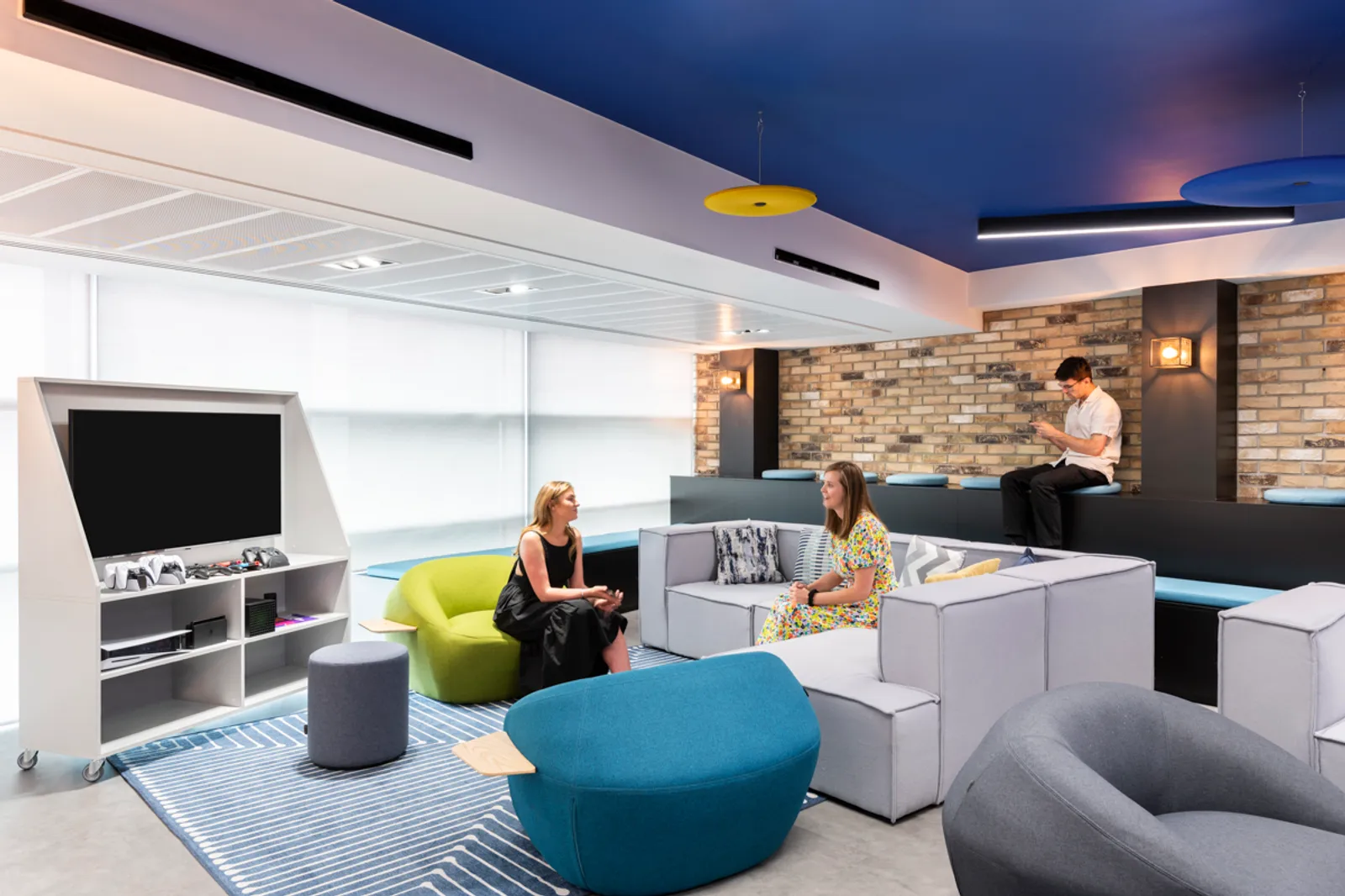
How can the physical environment impact educational experiences for neurodiverse students?
The design of a space plays a huge role in how comfortable and focused neurodiverse students feel.
A poorly considered environment can be overwhelming and exclusionary, while an inclusive design can unlock a student’s full potential.
Sensory processing differences can significantly impact learning experiences, making thoughtful, responsive design a crucial tool for inclusion.
Sensory overloads can limit engagement
Overstimulating environments can significantly hinder a neurodiverse student’s ability to engage in learning activities.
Bright fluorescent lighting, noisy HVAC systems, and high-contrast visual elements can contribute to heightened sensory responses in students with autism or ADHD.
These overstimulating conditions can overwhelm the sensory system, making it difficult for students to focus, retain information, or even remain in the space.
For some, this results in physical discomfort or emotional distress, which disrupts their capacity to participate fully in learning.
Inadequate acoustics undermine concentration
Poor acoustic design can prevent neurodiverse students from concentrating and processing verbal information effectively.
Echoes and background noise, often caused by hard surfaces and open layouts, can create environments where students with auditory processing difficulties cannot distinguish important sounds from distractions.
When a space is aurally chaotic, it disrupts the ability to filter and focus on specific auditory cues, such as a lecturer's voice, leading to anxiety, fatigue, and a decline in academic performance.
Lack of personal control reduces comfort
Environments that don’t offer students control over their physical surroundings can increase stress and reduce engagement.
Research suggests that fixed furniture, immovable lighting, and rigid temperature settings reduce the ability of neurodiverse students to self-regulate their comfort levels.
For neurodivergent individuals, the inability to adapt their space to meet sensory needs often leads to discomfort, disengagement, or withdrawal from learning activities

How can higher education institutions be designed to be more inclusive for neurodiverse students?
Incorporate smart sensory design
Sensory smart design is about creating environments that reduce overstimulation by carefully managing sound, lighting, and material textures.
Many neurodivergent students are more sensitive to sensory input, so spaces must be designed to minimise distress and support focus.
Acoustic design and treatment, such as ceiling panels, soft furnishings, and carpeted flooring, help absorb disruptive noise, while zoning separates quiet areas from more active ones.
Lighting should favour natural daylight and dimmable, flicker-free LEDs to avoid harsh contrasts and allow personal control. Consistency and gentle transitions in light levels are key to maintaining calm.
Equally important is the choice of materials. Overly reflective, synthetic, or rough textures can be irritating, particularly for students with sensory processing sensitivities.
Instead, soft, matte, and tactile finishes, such as wood, wool, or cushioned upholstery, create a grounded, comforting environment.
These small but deliberate choices support self-regulation and make a space feel approachable rather than overwhelming.
Design inclusive spaces for mixed learning needs
Inclusive learning environments should provide a range of spatial options that cater to different energy levels, focus needs, and sensory sensitivities.
For neurodiverse students, the ability to choose how and where they engage can significantly reduce stress and enhance performance.
This means designing a mix of spaces, quiet corners for solo concentration, collaborative hubs for group work, and active zones for movement and stimulation.
Each area should be clearly defined yet visually connected, allowing students to navigate easily and intuitively between them as their needs shift throughout the day.
For instance, at the University of Surrey, we helped to develop a learning environment where wellbeing was a core element of the brief.
Through thorough consultation with the students, we designed a space that incorporated a range of inclusive zones, including quiet areas, flexible spaces for group work, and movable furniture.
Inclusive wayfinding to aid with navigation
For many neurodiverse students, traditional wayfinding systems can be a significant source of anxiety and confusion.
Written signage that relies on complex language, inconsistent placement, or unclear directionality can overwhelm individuals with dyslexia, ADHD, or autism, especially in large or unfamiliar university settings.
Navigating these environments can increase cognitive load and reduce independence, potentially leading to stress, disorientation, or missed opportunities for activities. Inclusive wayfinding addresses these barriers by rethinking how information is communicated through spatial design.
An inclusive approach uses graphic symbols, intuitive icons, and colour-coded pathways to convey meaning at a glance. These visual cues reduce reliance on memory or language processing, making navigation more instinctive and accessible.
Colour can indicate different floors, departments, or zones, while simple imagery such as arrows, pictograms, or tactile signage helps reinforce spatial understanding for a wide range of cognitive needs.
When wayfinding is consistent, legible, and layered with sensory cues, it empowers all students to move through campus with confidence and autonomy.
Ensure the design is consistent to reduce barriers
In UK universities, where campuses often span multiple buildings and cater to diverse learning formats, a lack of clarity and consistency in spatial design can be particularly challenging for neurodiverse students.
Unpredictable layouts, disjointed zoning, and inconsistent use of signage or furniture can heighten anxiety and disorientation, especially during transitions between lectures, seminars, or social spaces.
For students with autism or ADHD, navigating these environments without a clear sense of structure can lead to sensory overload, missed sessions, or reluctance to access certain areas altogether.
By embedding clarity and consistency into university design, institutions can significantly reduce these barriers. Intuitive circulation routes, consistent zoning across departments, and repeated visual cues help students quickly understand how to use and move through each space.
For example, using the same spatial logic in study areas across campus, such as clearly defined quiet zones, colour-coded collaborative spaces, and predictable lighting, creates a reassuring familiarity.
This coherence enables neurodiverse students to focus on learning rather than deciphering their environment, fostering a more inclusive and accessible higher education experience.
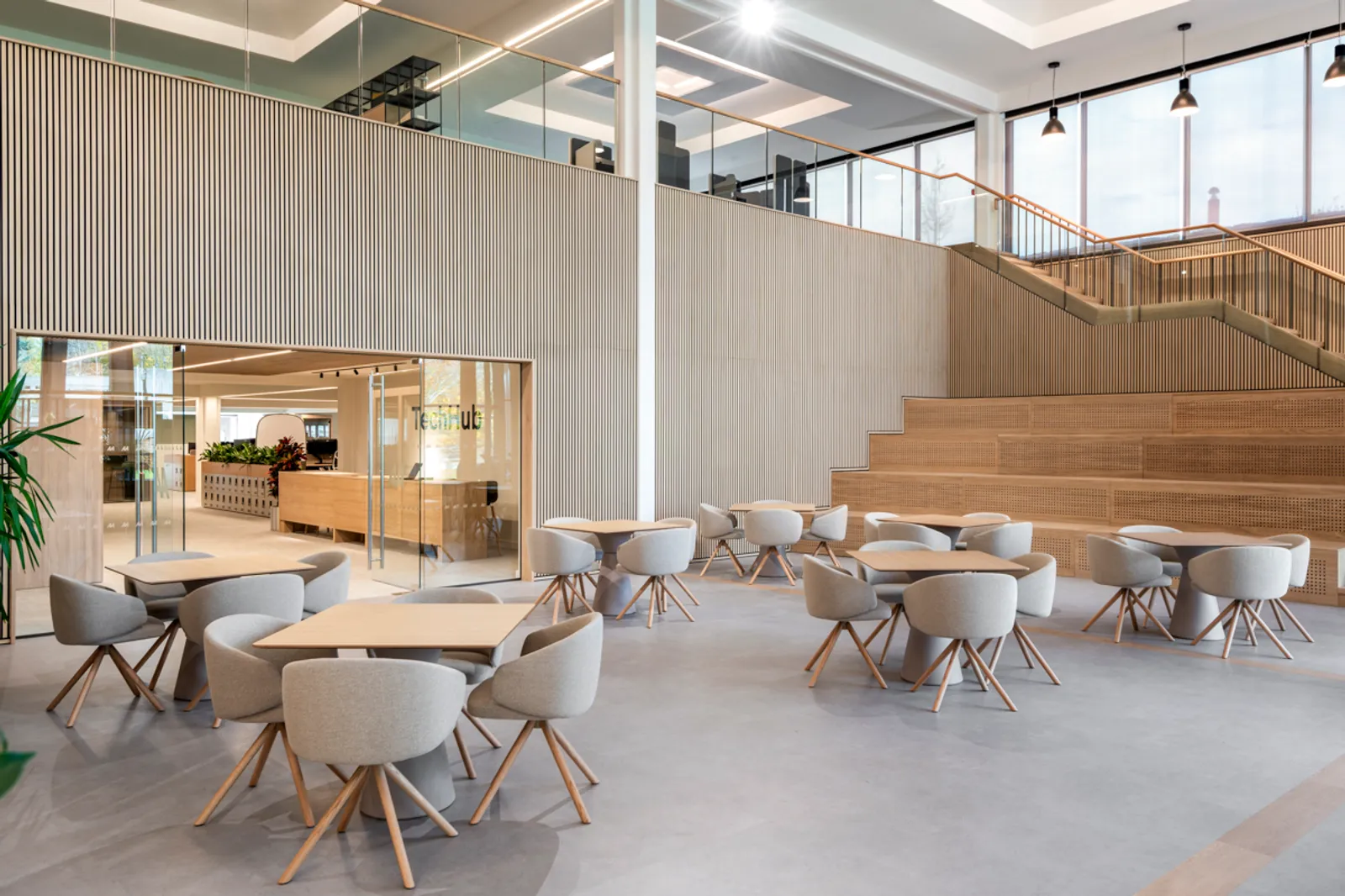
Creating inclusive learning environments in higher education that work for everyone
Designing for neurodiversity is about more than just accommodating individual needs it’s about building environments that empower every student to thrive.
From sensory-sensitive design and quiet retreat spaces to intuitive wayfinding and consistent zoning, every design decision can shape how students experience, navigate, and connect with their university.
At Area, we understand the complexity of higher education environments and the responsibility institutions carry to create spaces that are inclusive, functional, and future-ready.
With over 25 years of experience, our multidisciplinary team delivers end-to-end support, from strategic workplace consultancy and interior design to fit outs, construction, and relocations.
Whether you're planning a new build, rethinking existing spaces, or working within live campus settings, we collaborate closely to create environments that reflect your values, meet your operational goals, and enhance the student experience.
If you're ready to make your learning environments more inclusive, flexible and impactful, we’re here to help you make it happen.
